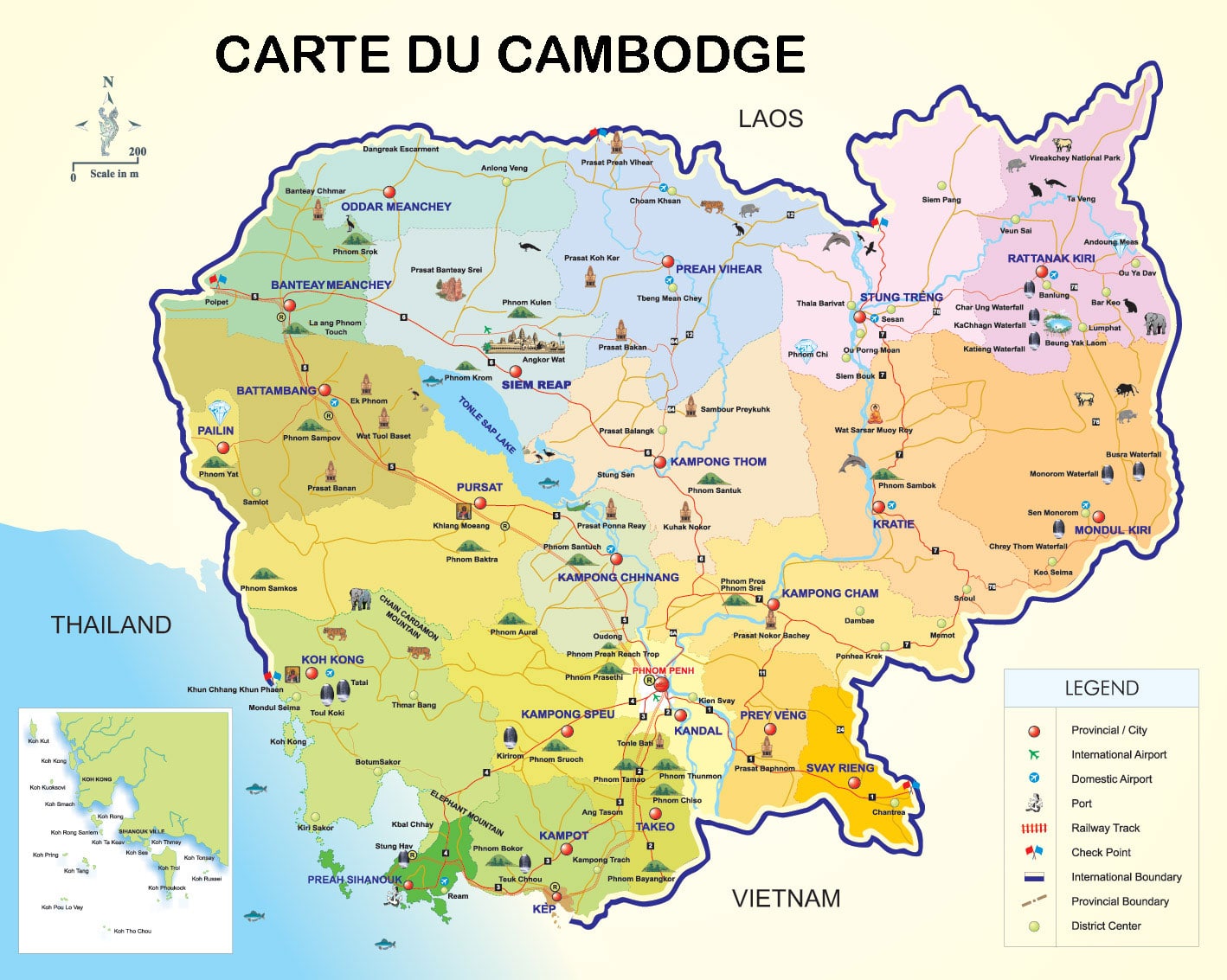Cambodia's population will reach more than 17 million in 2023, with 78% of them still living in rural areas. The capital has around 2.3 million residents. Although the Khmer are the majority (92% of the population), the country also includes a multitude of ethnic groups, including Vietnamese, Chinese, Cham and other minorities. The official language is Khmer, but French, English and Chinese are also commonly spoken.
Regarding religion, Theravada Buddhism is practiced by 96% of Cambodians. There are also a few Christians (legacy of the French protectorate) and Muslims (notably the Chams from Vietnam). In rural regions and among ethnic minorities, animist and Hindu practices continue to influence daily life.
Now let's move on to the festivals and public holidays in Cambodia. January 7 is the National Day, which commemorates the fall of the Khmer Rouge in 1979. In March or April, the Khmer New Year (Tchaul Tchnam) is celebrated, marked by numerous Buddhist baptisms and the abundant use of water in the streets, a gesture particularly appreciated during the dry season. In April, the royal plowing ceremony, called the Sacred Furrow, opens the plowing period. May 1 is Labor Day and May 9 is Genocide Day, with ceremonies at Choeung Ek in memory of the victims of the Khmer Rouge. October 31 marks the birthday of King Norodom, born in 1922, with a fireworks display on the banks of Phnom Penh. In November, the Water Festival (Bou-Om-Touk) is celebrated at the full moon, marking the reversal of the river's current. Spectacular parades and canoe races are organized on the Tonlé Sap River. Finally, November 9 is Independence Day.
This information on Cambodia shows the cultural and religious richness of the country, as well as its festive traditions.
